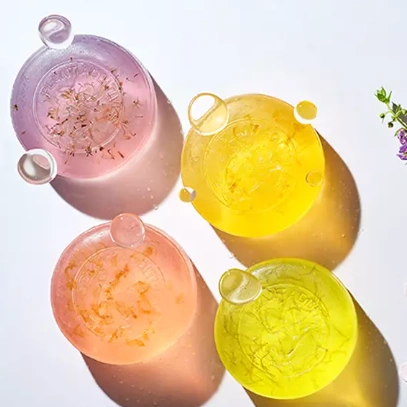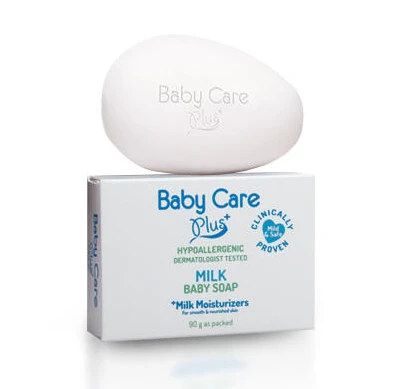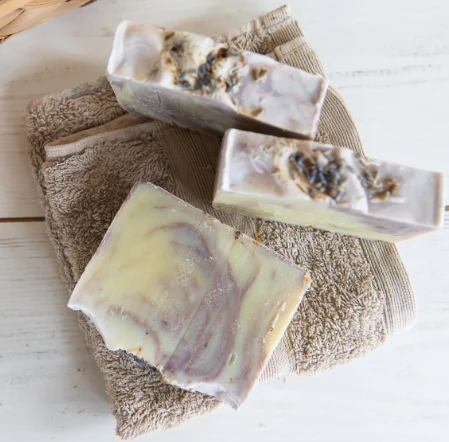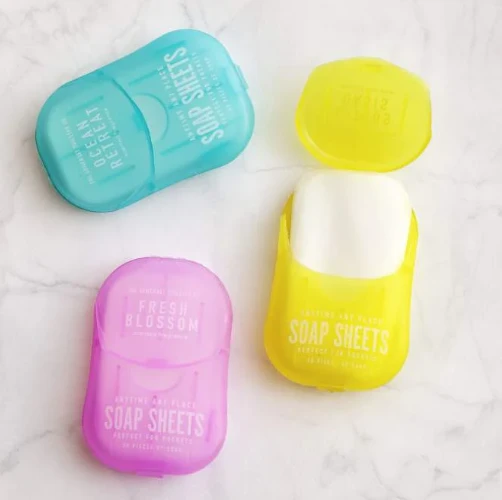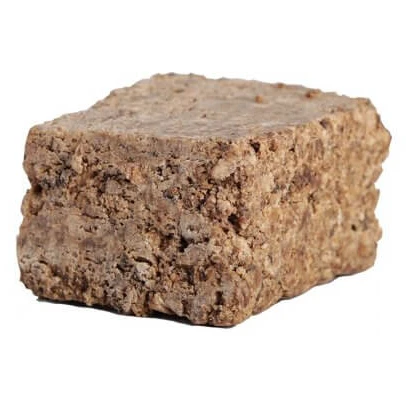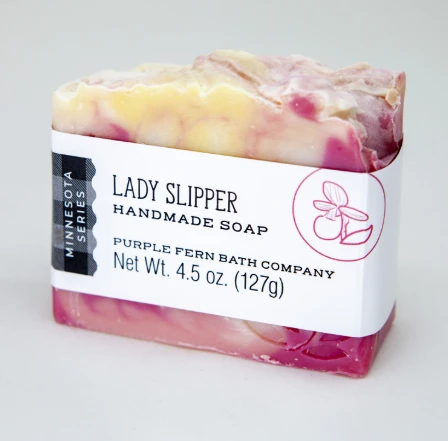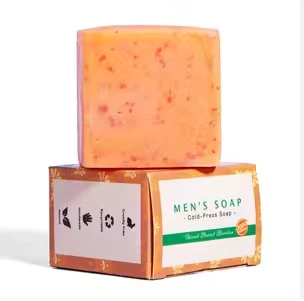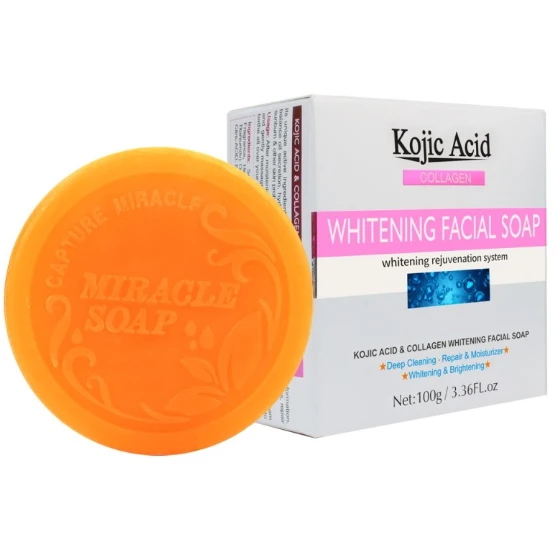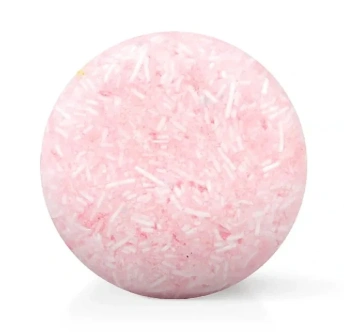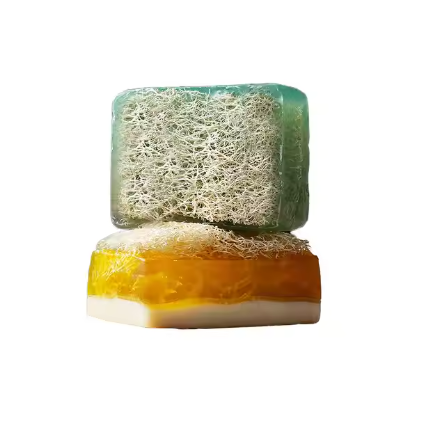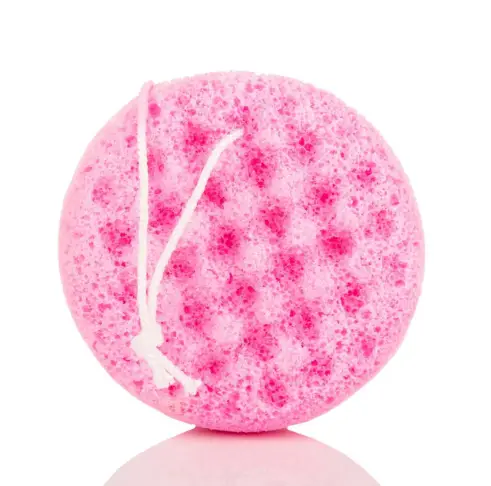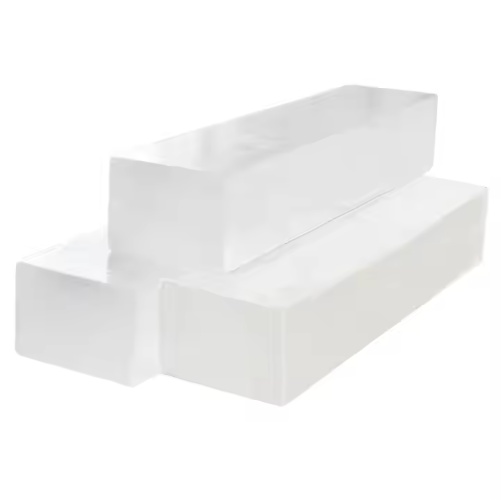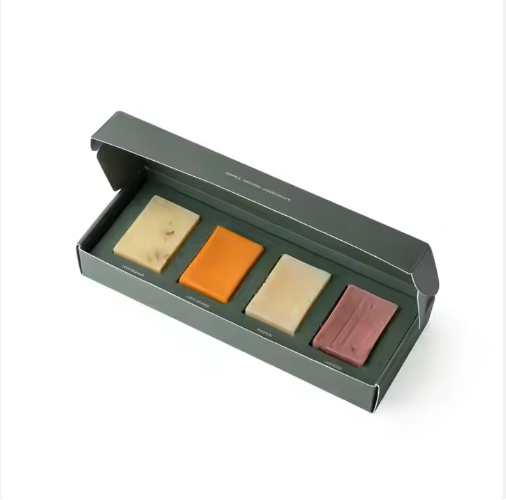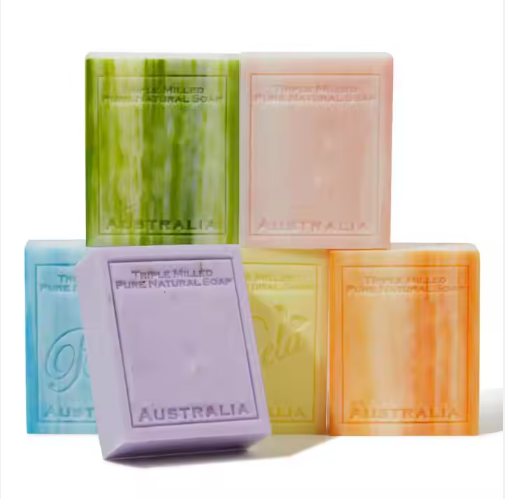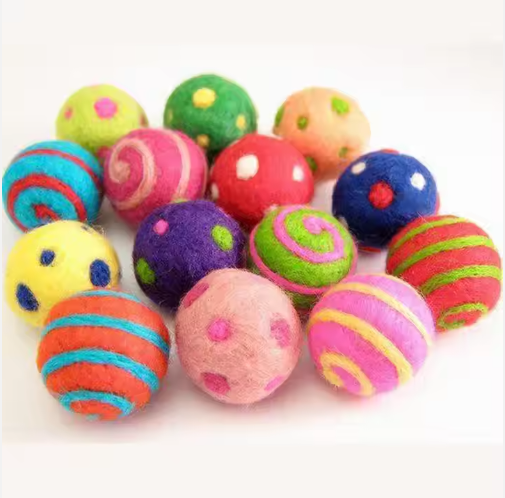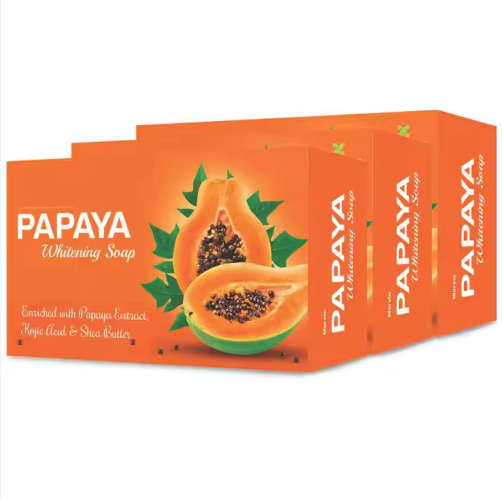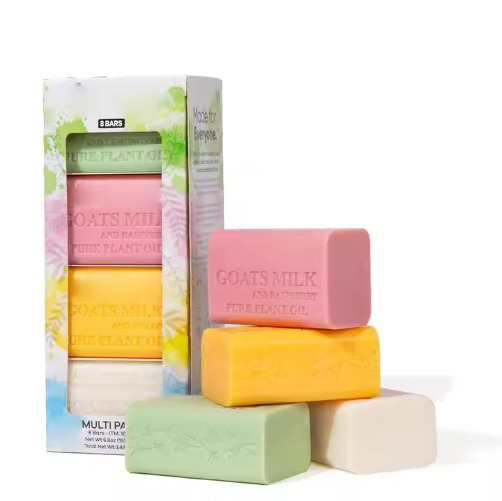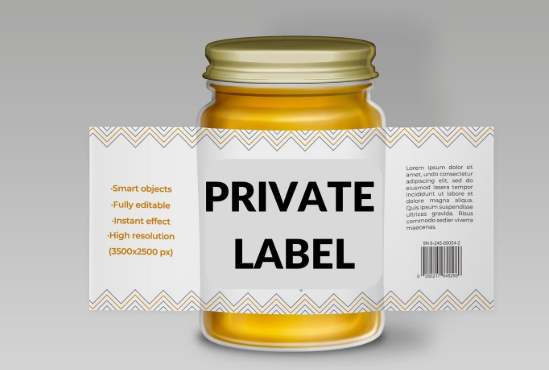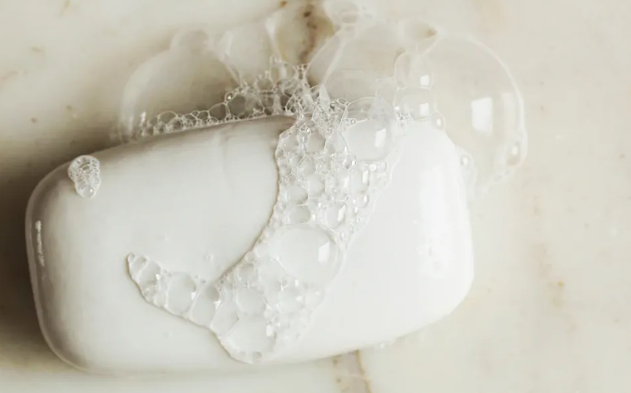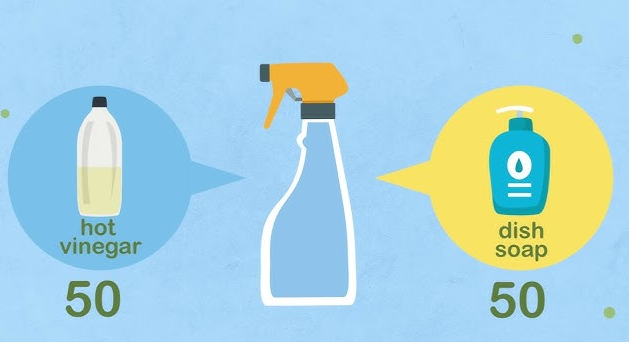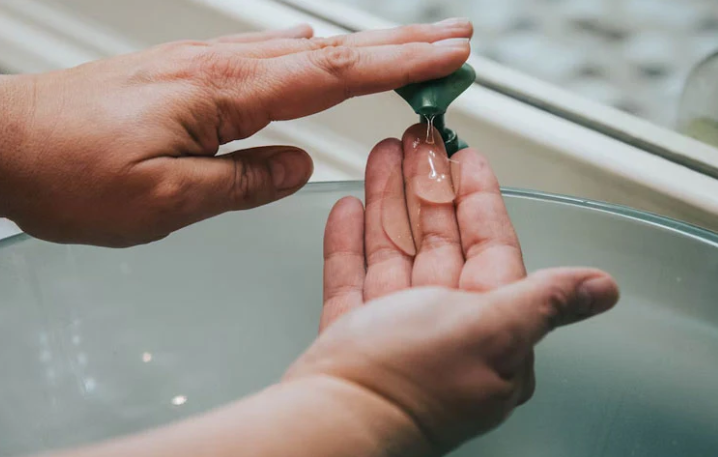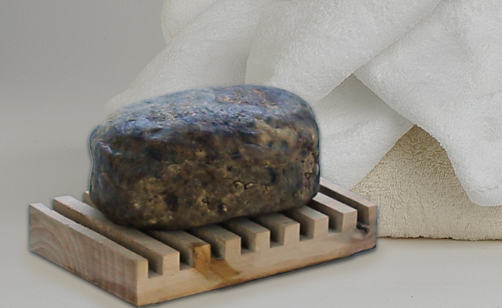How to remove detergent stains from clothes
Why Do Some Laundry Detergents Leave Stains?
Though there are a few reasons that your laundry products are staining your clothes, it’s usually caused by one of these three issues.
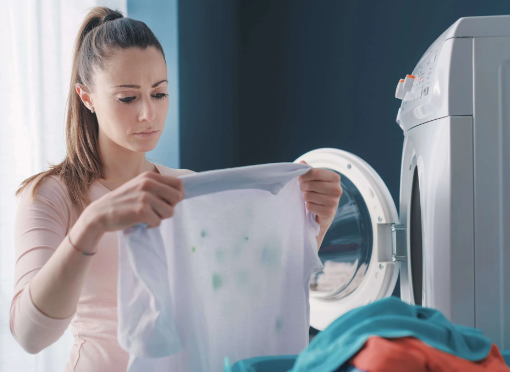
Non-Dissolving
When it comes down to it, the build-up is largely responsible for laundry detergent stains. Ideally, the product that you put in the washer should dissolve in the wash cycle, but, chances are, your detergent is designed to do the exact opposite. The added perfumes, dyes, and chemicals of regular detergents are meant to stick to your clothes. Particularly in cold water, regular liquid and powder detergents don’t completely dissolve. Instead, they pack into the fibers of the fabric, occasionally causing laundry stains.
Over time, this build-up snowballs. Non-dissolving detergents attack the integrity of your laundry, altering the textures and reducing the lifespan of your clothes. It’s not just your detergent. Your fabric softeners could also be responsible for leaving waxy residue behind—one of the many reasons you don’t really need to use fabric softener . To prevent this build-up, it might be time to invest in laundry products that clean your clothes and disappear during the rinse cycle.
Too Much Product
It can be easy to toss too much product into the washer. If you have a detergent or fabric softener that’s already predisposed to build-up, adding extra product could make the problem much worse. If the machine is overloaded, the product won’t dissolve. Then, it ends up on your clothes as detergent and fabric softener stains. For regular products, you may want to try as little as half the recommended detergent.
Hard Water
Hard water can also lead to laundry detergent stains. Due to the high mineral content in hard water, ordinary detergents are even less likely to dissolve. One solution to hard water—add a water softener to your next load of laundry. As little as one half tablespoon of Charlie’s Soap Hard Water Booster can soften your wash water, prevent build-up, and limit damage to your clothes. Alongside a powerful laundry detergent, it’s even better.
How to remove Detergent stains from clothes with 5 simple methods
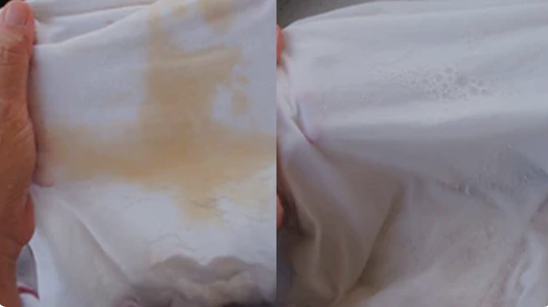
Method One: Rewash the Load of Laundry
The simplest method to remove detergent stains is to wash the stained load of laundry again without adding any additional detergent.
- Choose the proper settings. Set the load size to large or extra large so there will be plenty of water to rinse out the detergent residue.
- Run the complete cycle.
- Check for stains. Check for any remaining stains before you move the clothes to an automatic dryer.
Method Two: Use Baking Soda
If there is a detergent stain on only one or two items, you can make a baking soda paste to remove the stains.
- Mix a paste. In a small bowl, mix one-quarter cup of baking soda with one teaspoon of water.
- Apply the paste. Use a soft-bristled brush (old toothbrush) to work the paste into the stained area.
- Rinse the fabric. Hold the stained area under a running faucet of cold water and rinse out the baking soda paste and the detergent residue.
Method Three: Use Distilled White Vinegar
The mild acidity of distilled white vinegar will help break the bond between the detergent residue and the fabric.
- Dilute the vinegar. Mix one part vinegar and two parts water in a spray bottle or bowl.
- Apply the vinegar. Spray the stained area with the vinegar solution or use a sponge dipped in the solution to dampen the spots.
- Gently scrub the stains. Use a soft-bristled brush to gently scrub the detergent-stained area.
- Rinse well. Hold the fabric under a faucet of cold running water to rinse out the vinegar and detergent residue.
Method Four: Use Rubbing Alcohol
Treat the stains with isopropyl (rubbing) alcohol for easy removal.
- Apply the alcohol. Spray the stained area with rubbing alcohol or use a sponge to dampen the spots with alcohol.
- Gently scrub the stains. Use a soft-bristled brush to gently scrub the detergent-stained area.
- Rinse well. Hold the fabric under a faucet of cold running water to rinse out the alcohol and detergent residue.
Method Five: Use Dishwashing Liquid or bar soap
The grease-fighting ingredients in dishwashing liquid or bar soap will break the bonds between detergent stains and fabrics.
- Apply the soap. Put a couple of drops of dishwashing liquid on the detergent stains. If you are using bar soap, dampen the stained area and rub the bar over the stains.
- Gently scrub the stains. Use a soft-bristled brush to gently scrub the detergent-stained area.
- Rinse well. Hold the fabric under a faucet of cold running water to rinse out the soap and detergent residue.
How To Prevent Detergent Stains
The best way to rid detergent stains is to not have them in the first place, right?
With that in mind, take preventative measures to keep your linens fresh and your clothes free of detergent stains and residue. If you're concerned about unnecessary spots, smudges, and stains from your laundry soap, try these helpful tips to keep detergent stains away.
Use Liquid Detergent
Often, the main culprit of white residue on your freshly laundered linens is powdered detergent. Rather than having to worry about adjusting measurements and making sure you’re not using too much or too little for correct dissolution in the wash water, try switching to a liquid laundry detergent.
With a plant-based liquid laundry detergent, like our Charcoal Rose Laundry Detergent, you’ll experience a fresh, crisp clean without harsh chemicals or additives that can clog up your clothes and your washing machine.
Keep Laundry Load Sizes Manageable
As much as you want to squeeze every last sock into the wash load to get your laundry done in one shot, overloading the machine will just leave you with a washer full of dreary, semi-clean clothes.
When the ratio of clothes to sudsy water is off balance, there isn't enough space for the garments to move and churn about. The agitation is part of what helps remove dirt and grime, so if your clothes are packed in like sardines, they don’t stand a chance to get fully clean.
Go Light On Detergent
Many commercial detergents are sold as concentrated or ultra-concentrated, which means a little goes a long way. While it might be tempting to fill the cap to the max to tackle all your dirtiest loads, extra soap leads to excess suds that your washer will have a hard time clearing out. Even better, use a bio-based laundry detergent that’s easy on your washer, your water, and your clothes.
Avoid Too Many Laundry Extras
Fabric softeners and sheets often do more harm than good, leaving layers of film on your clothing that can lessen the effectiveness of the washer and dryer.
When drying, wool balls are an excellent alternative to dryer sheets, fluffing and removing static without shedding plastics and fibers. You can even add a few drops of essential oils to the dryer ball if you want to give your clothes and bedding a natural boost of floral or citrus scent.
Clean Your Washing Machine
Another reason to love your tried-and-true, stain-removing friends, white vinegar and baking soda—they’re helpful in keeping your washer free from pesky buildup. As a rule of thumb, your washing machine should get a good cleaning monthly. Try running a clothes-free load with vinegar or baking soda, adding a couple of clean washcloths or towels for extra scrubbing power as they churn around in the tub.


